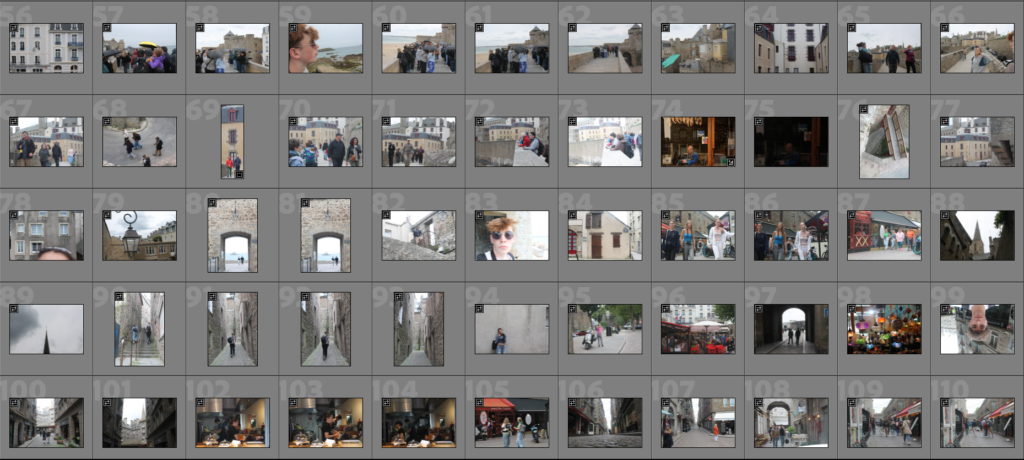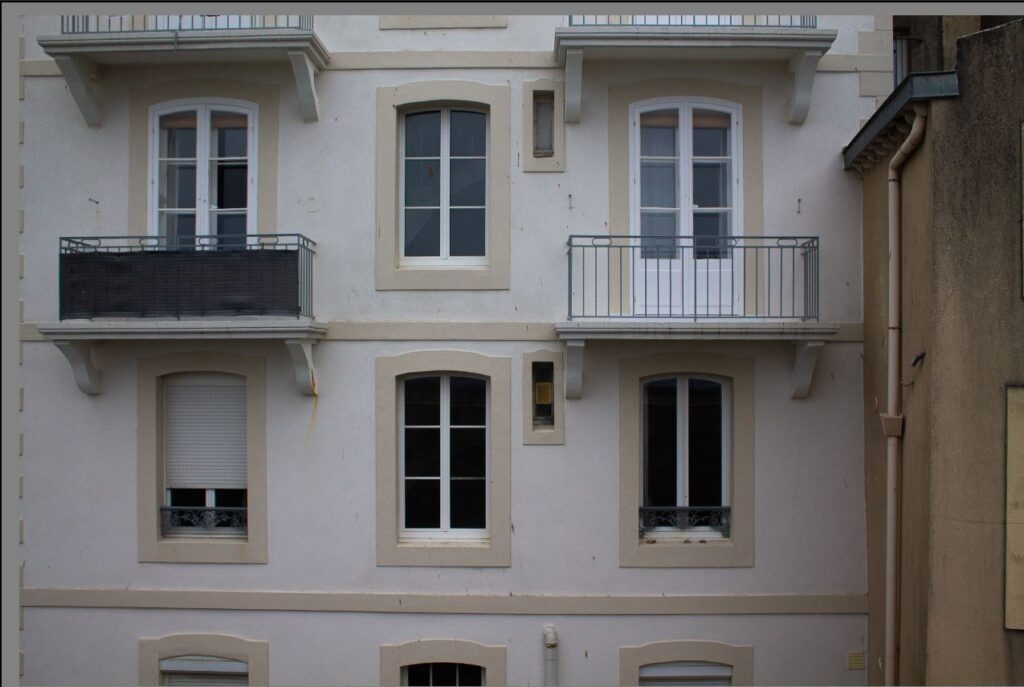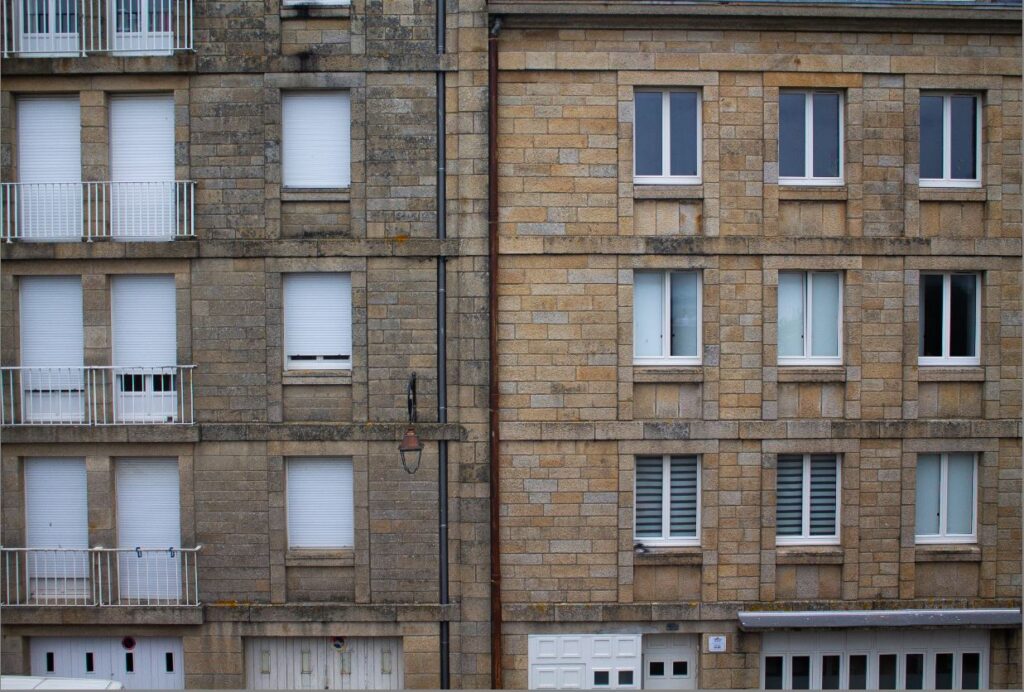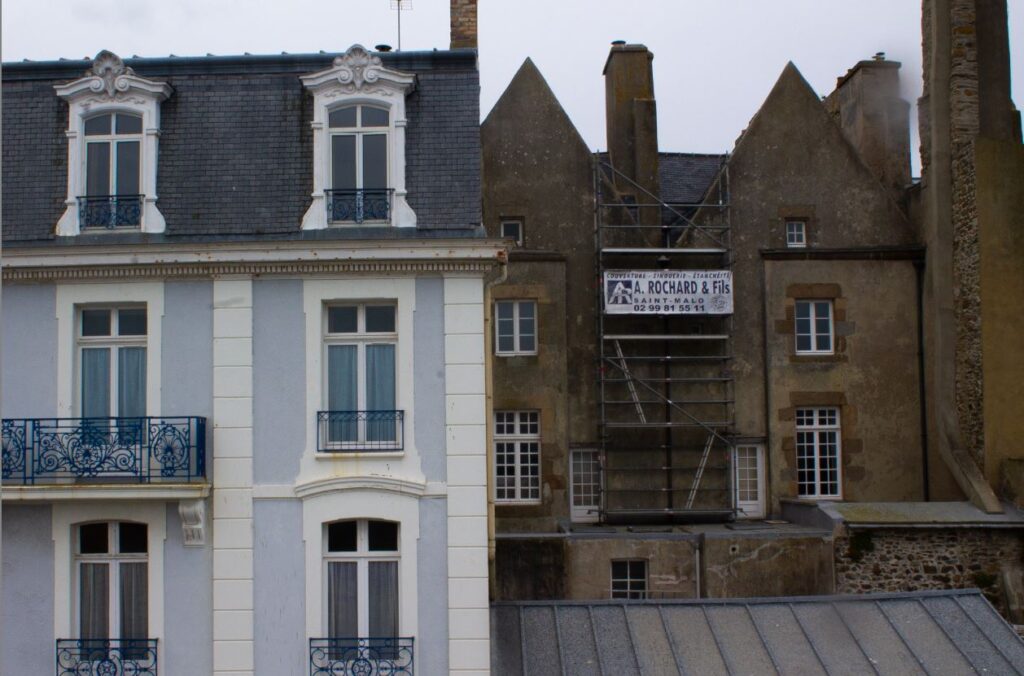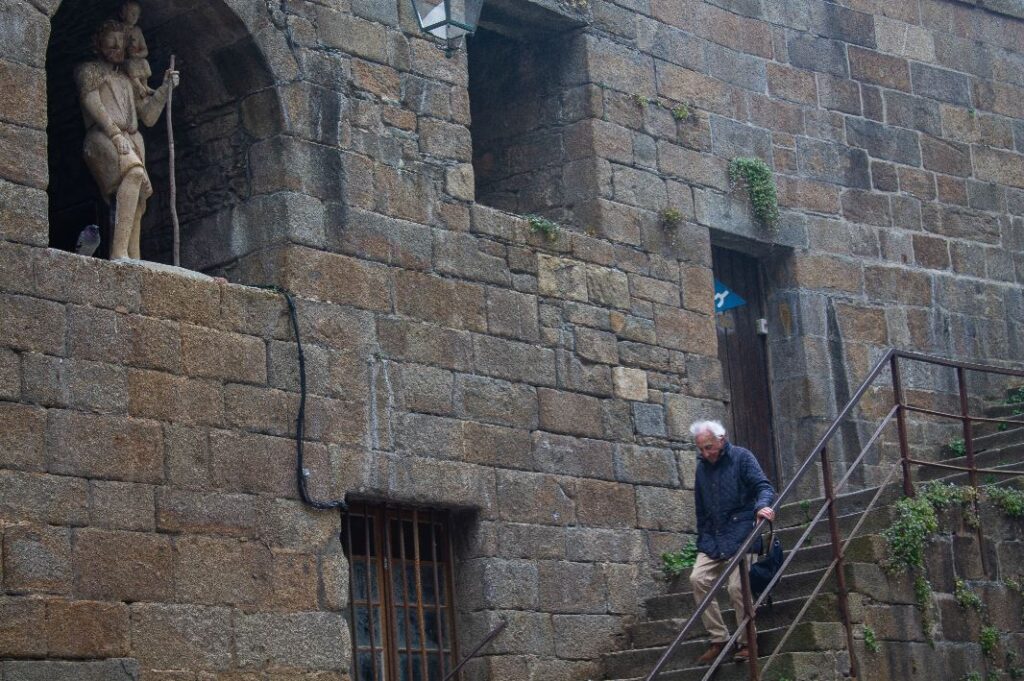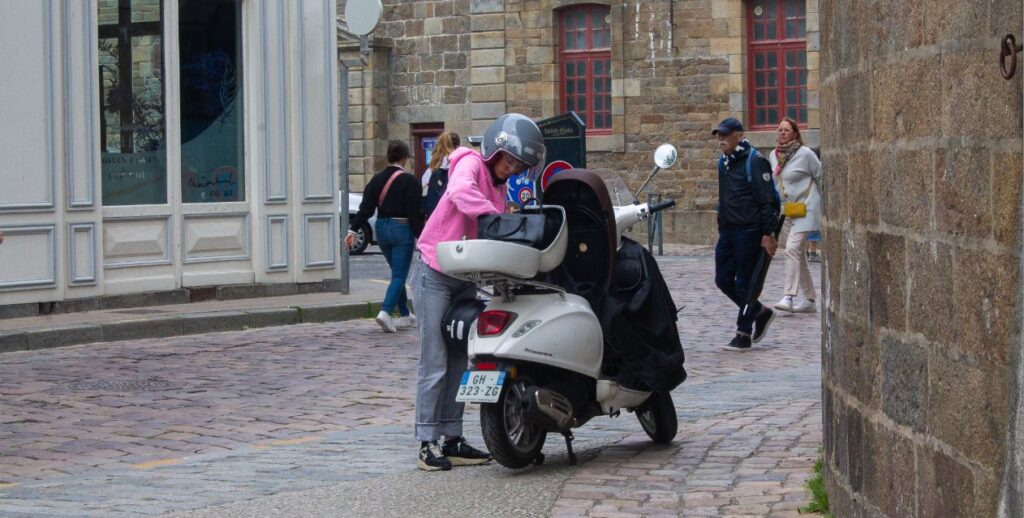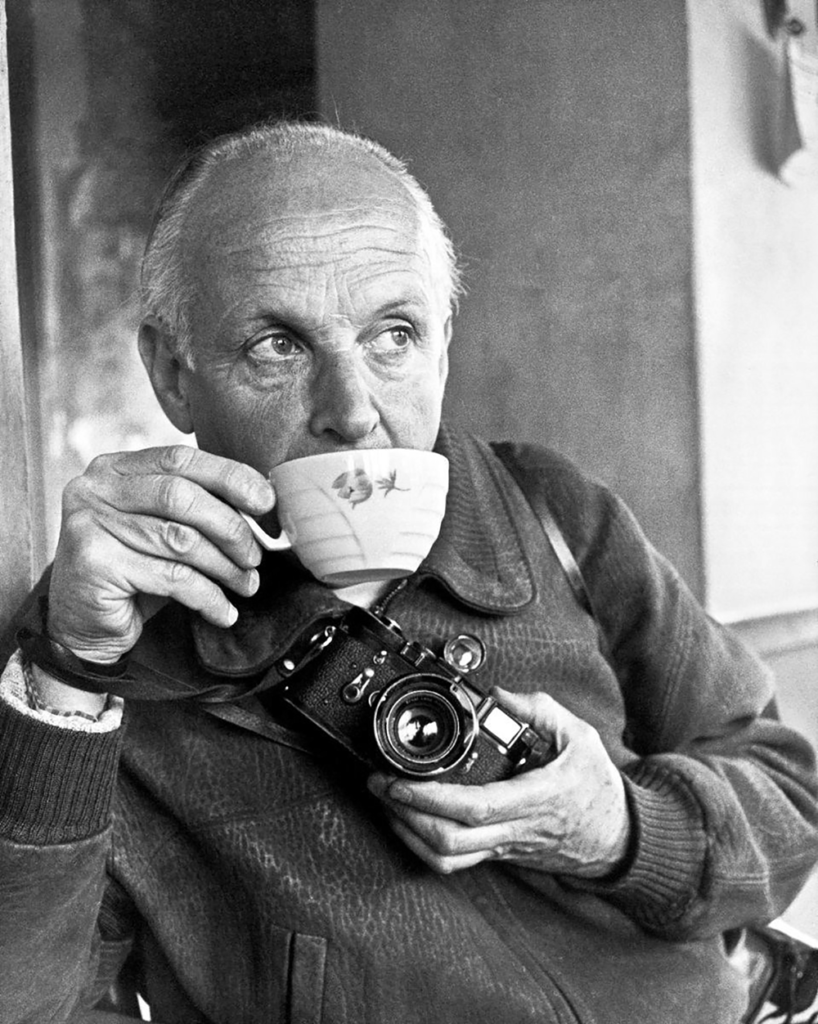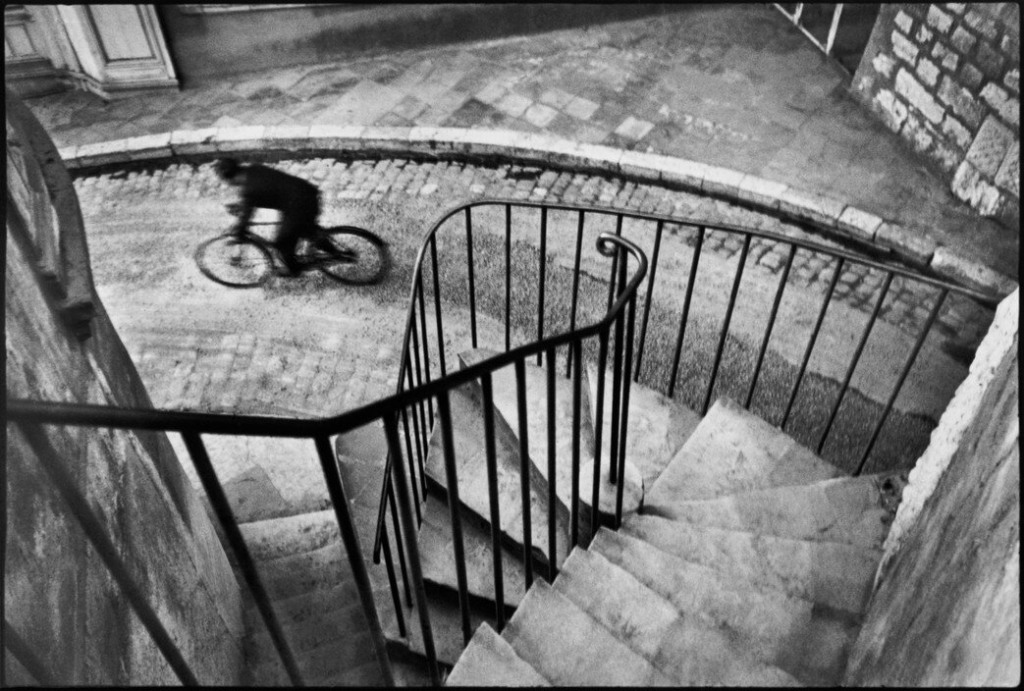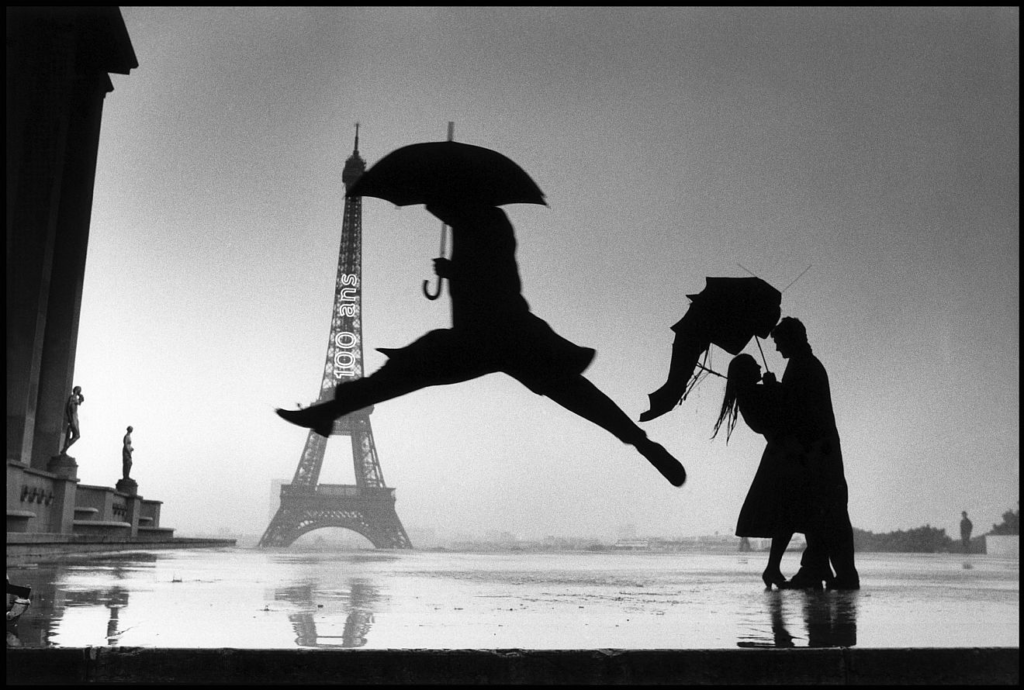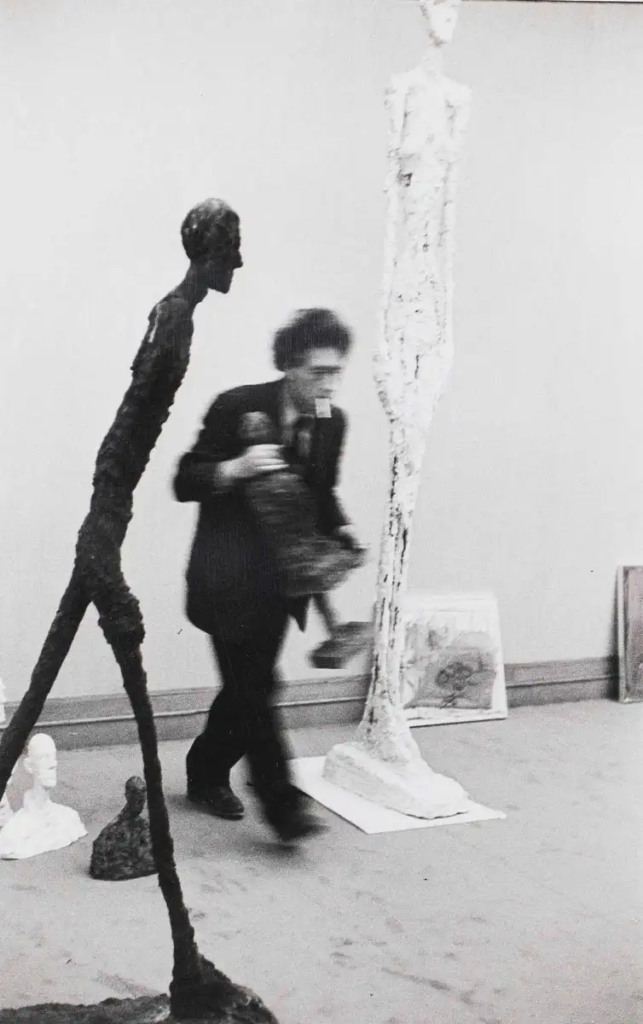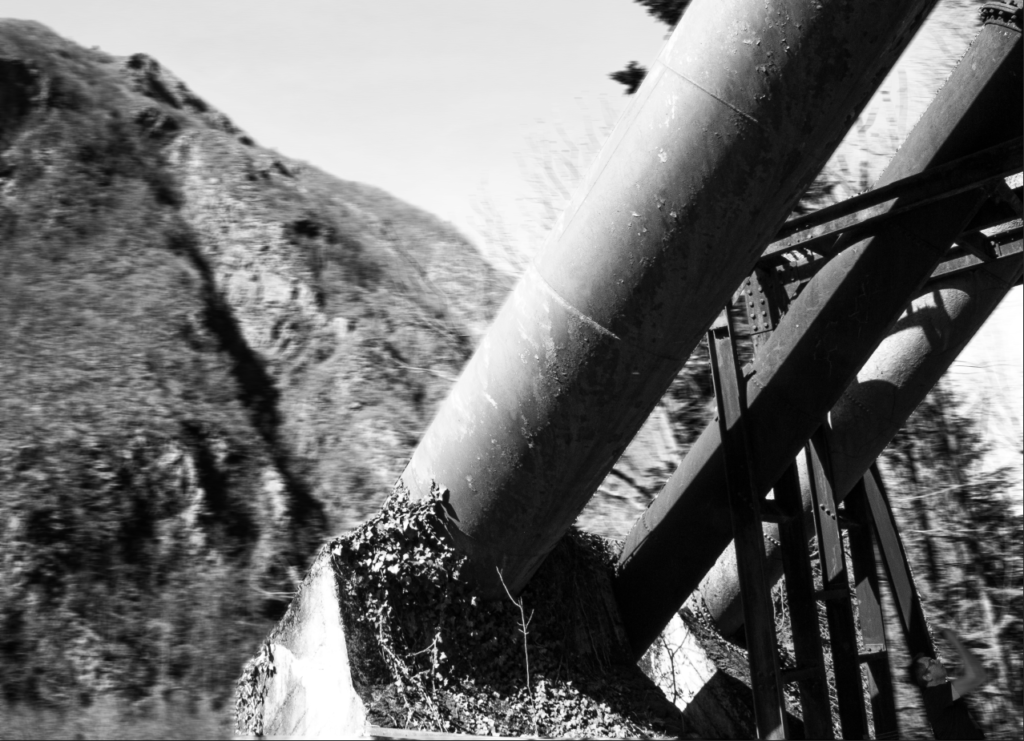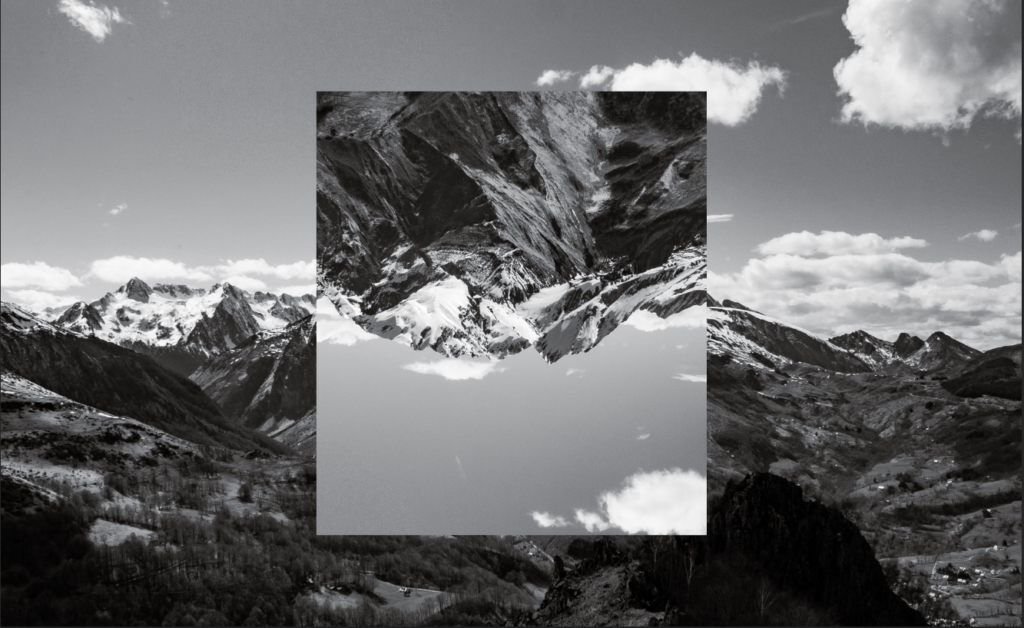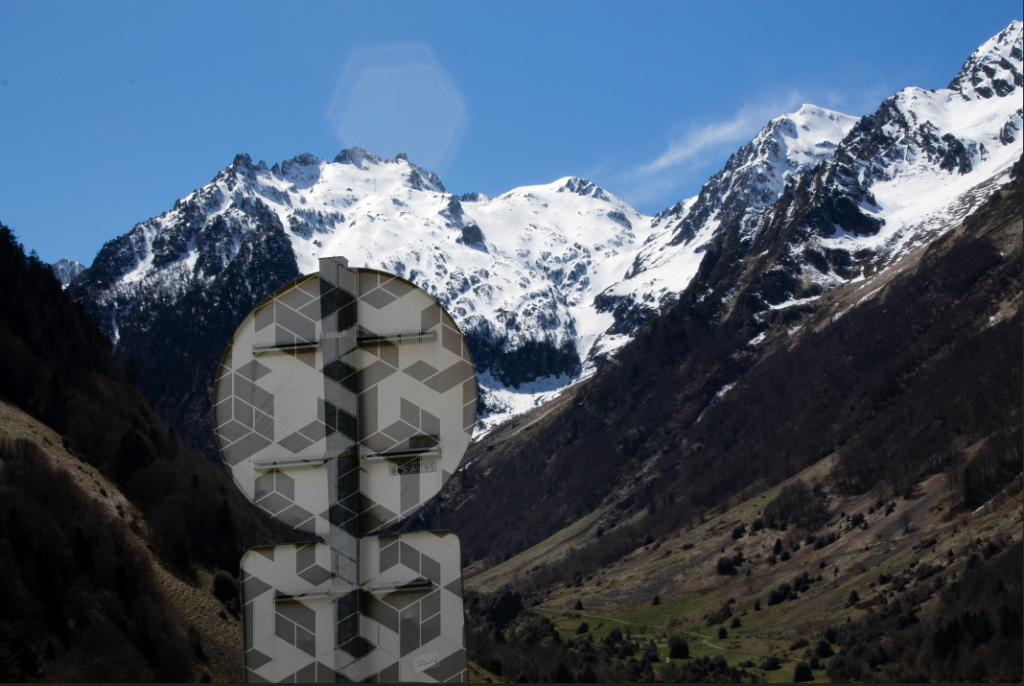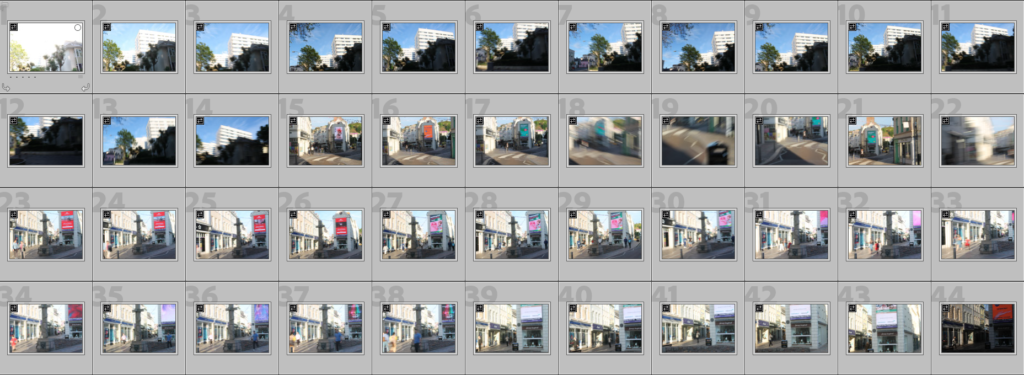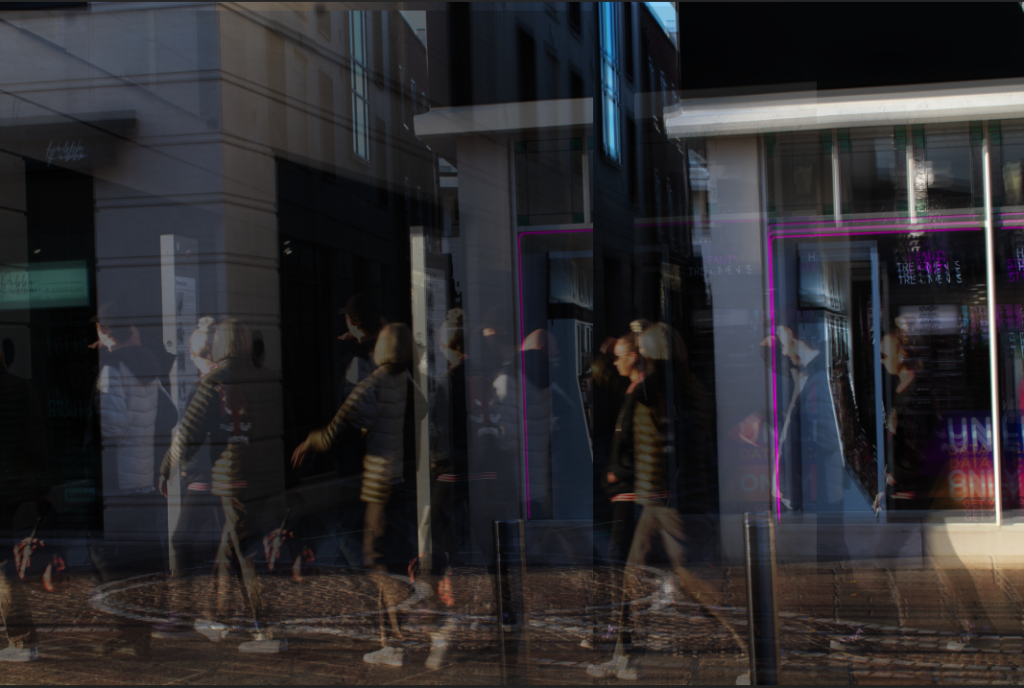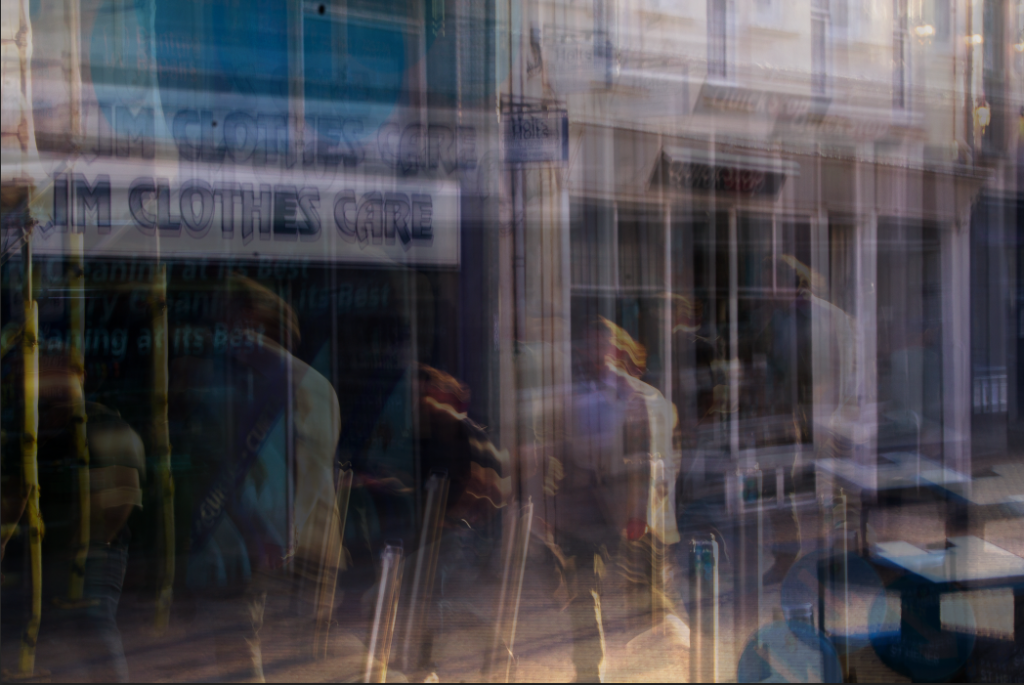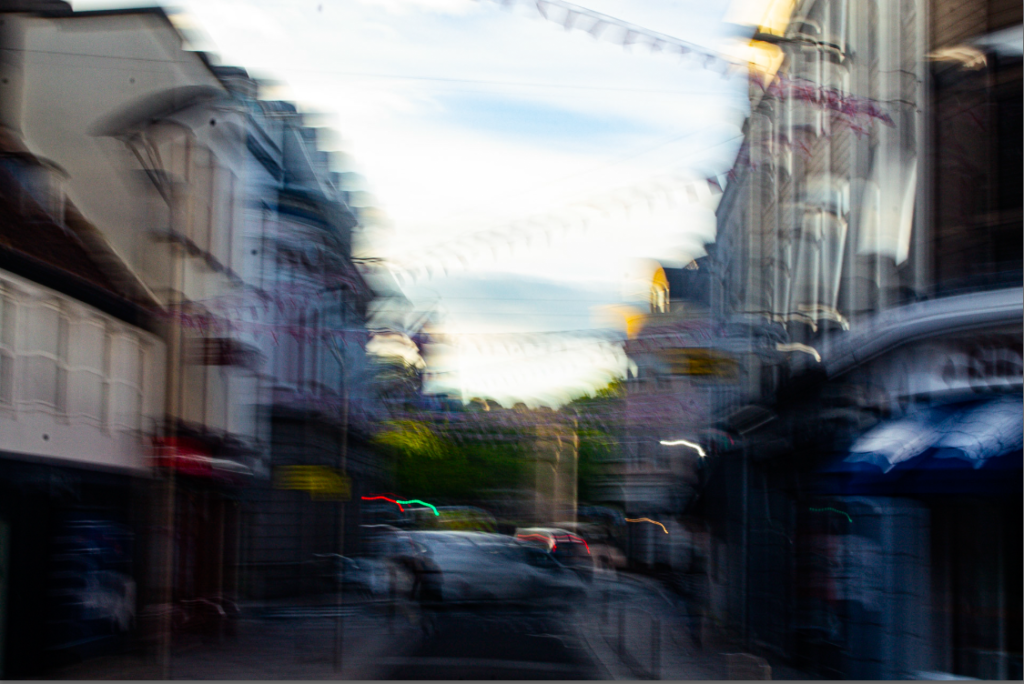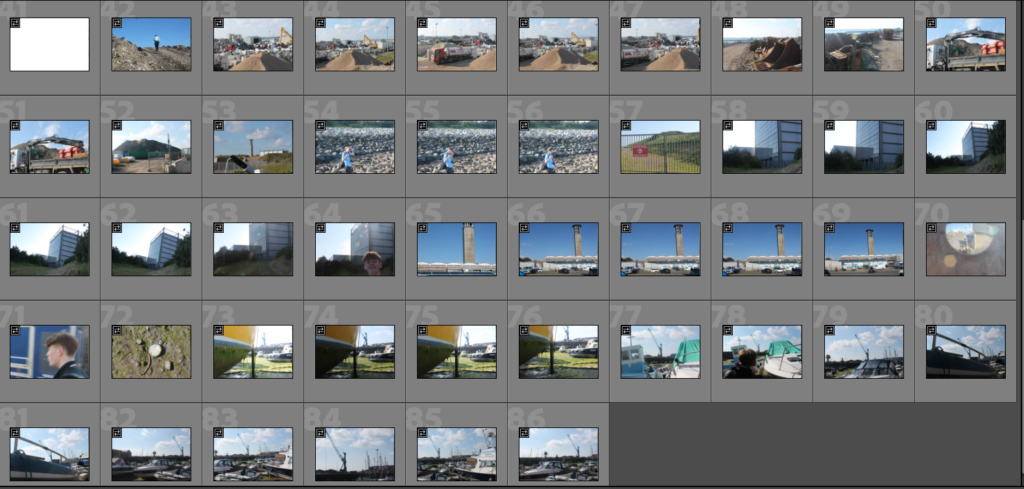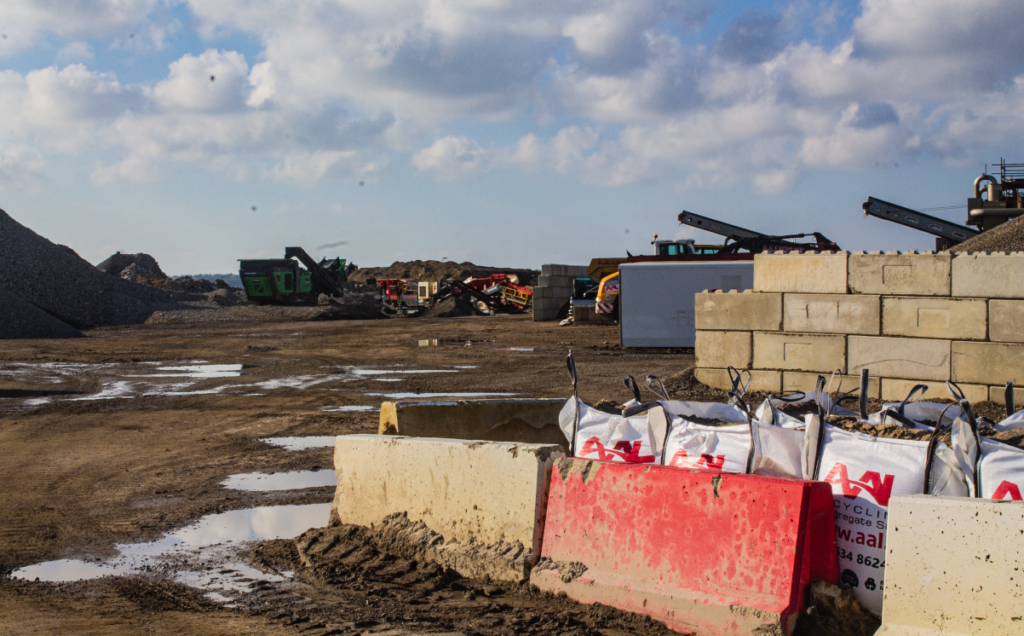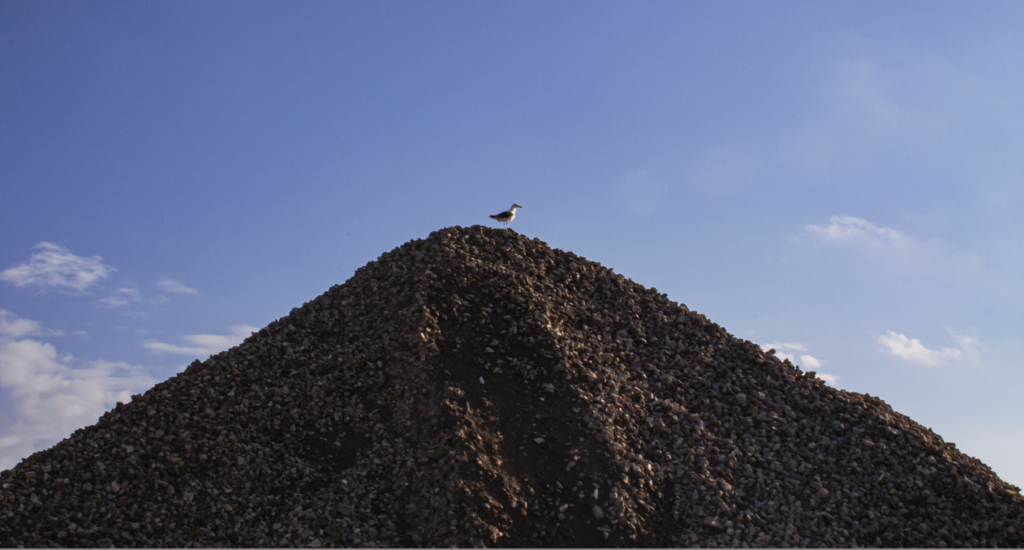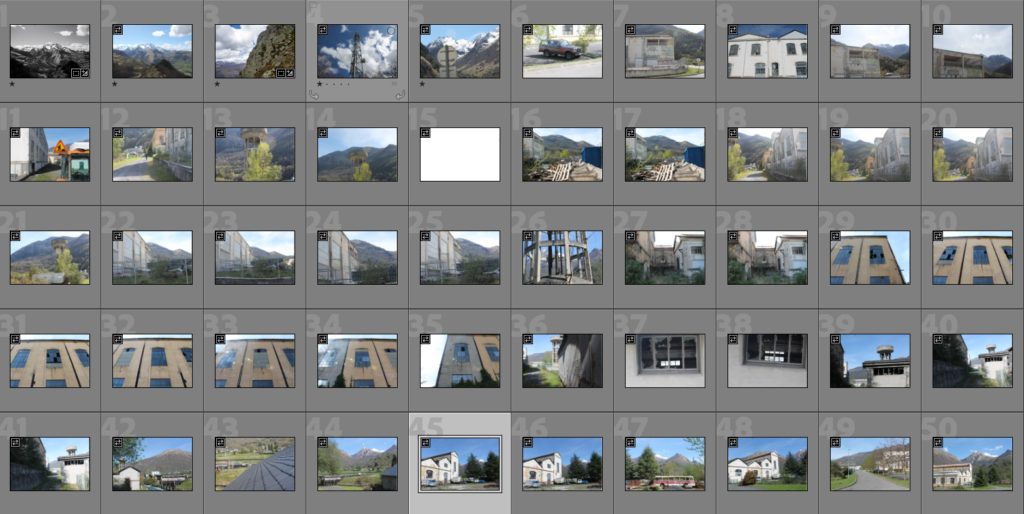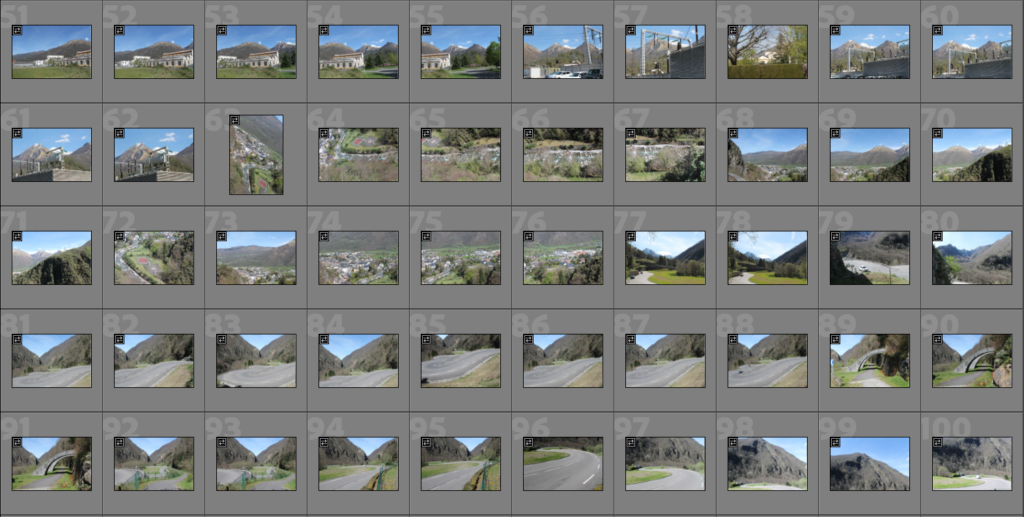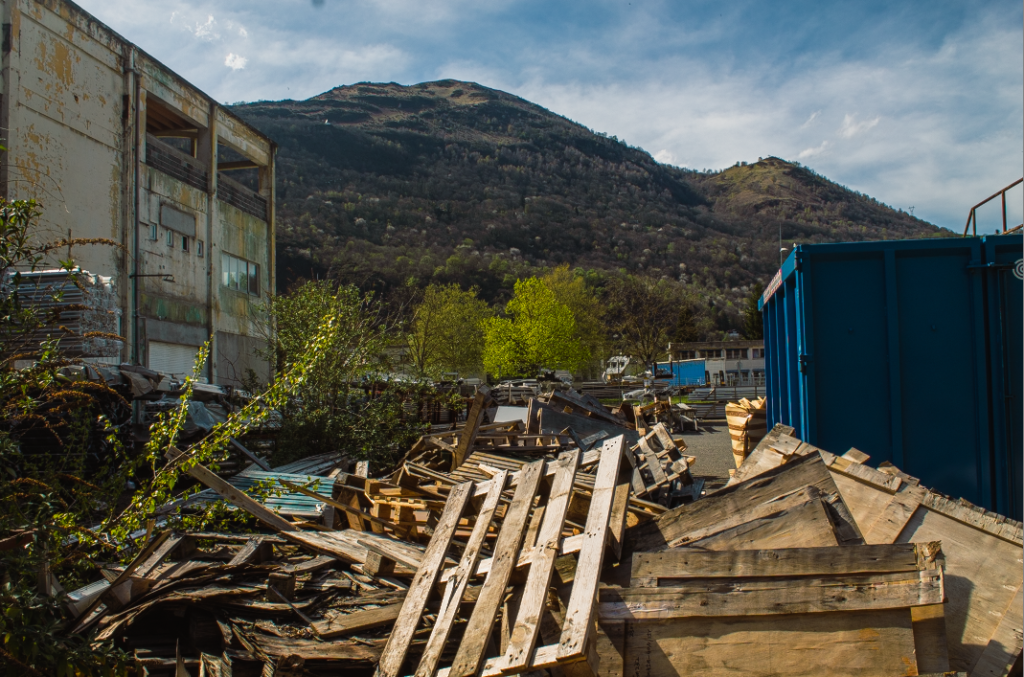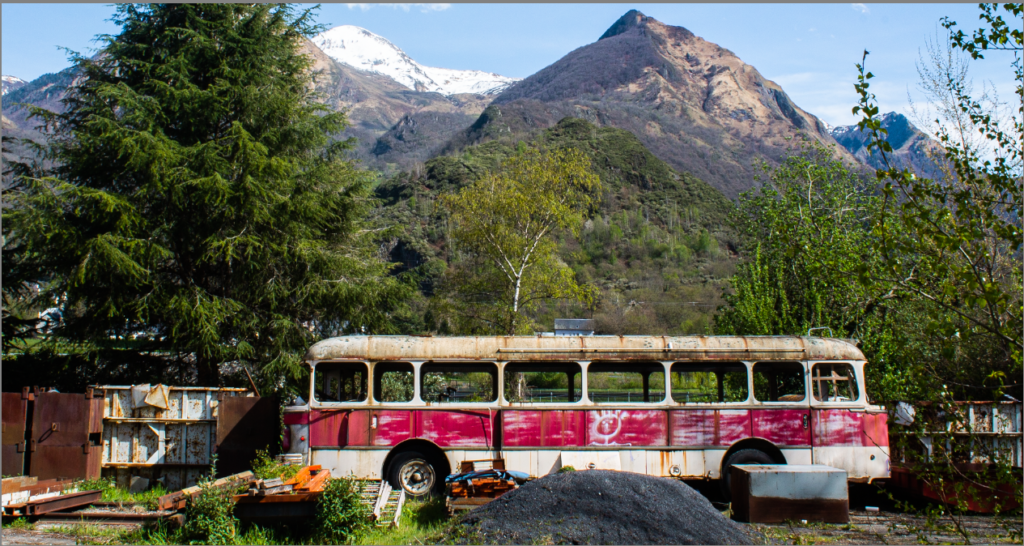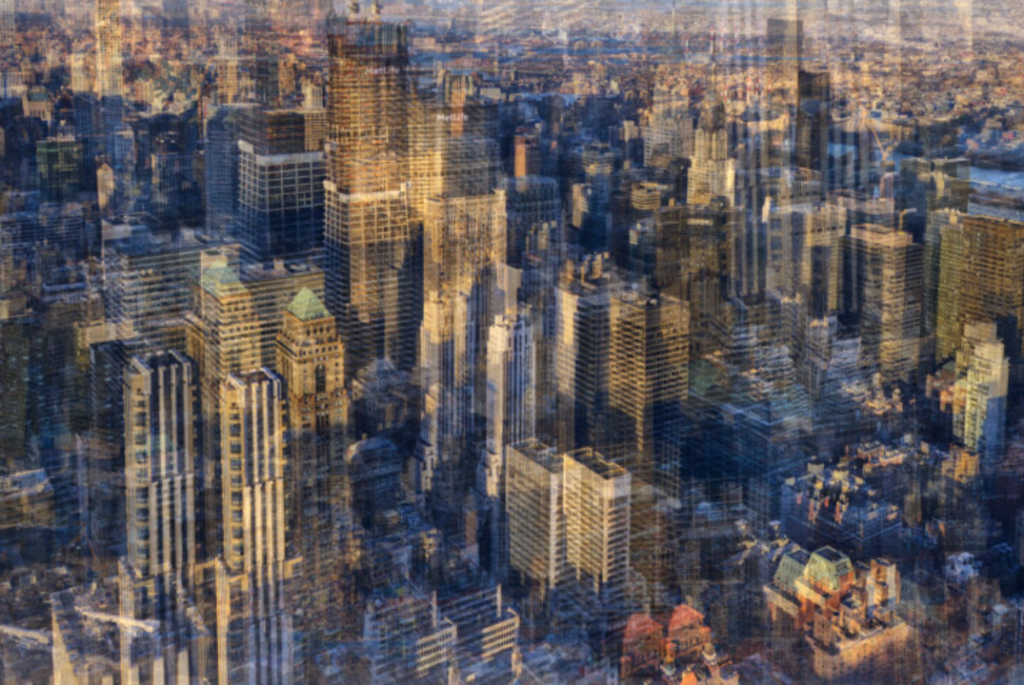To “crop” an image is to remove or adjust the outside edges of an image (typically a photo) to improve framing or composition, draw a viewer’s eye to the subject, or change the size or aspect ratio. In other words, photo cropping is the act of improving an image by removing unnecessary parts. Here is me trying to crop my images to improve them in different ways.
Landscape and portrait crop:





I think the landscape format crop works better for this image as the walls around the people act as a border, forcing the eyes towards the subject more and cropping the image landscape will not waste this feature. However, the pebbles on the ground that can be seen on the portrait image, leads the eyes towards the subjects, as they get smaller and smaller. I edited this photo in black and white too keep with match the style of Bresson.
Panoramic crop:




Here I did wide crops of 2 images, on vertically and one horizontally. I think the first image works well for a wide, horizontal crop because there is a lot of empty or unimportant detail that does not add to the overall image so I cropped it out. It also makes the main subject take up more of the image. The second image works well with a vertical crop because it keeps only one subject in the photo, and creates an interesting photo with all the windows behind taking up the background of the image.
square crop:


With a rectangular crop, the eye has a tendency to move across the image until it finds its focal point; with a square crop the eye moves around the image. This shift in the dynamic, from fluid to static, presents you with a great setting for capturing the serene. Striking still lives with plain backgrounds and posed portraits work a treat in a square frame.
Centred subjects have a tendency to look flat and dull in a rectangular frame, but that circular eye motion that we make with square-cropped images means that they don’t lose their impact. This is clearly being show in this image of the car, as its headlights take the centre stage and stand out. All the people before now being cropped out further adds to the impact this car has. (I have edited this image in black and white to further stand out the little Renault).
circle crop:


Here I cropped this image in a mostly circular format in photoshop. I did this more for the contrast as most circle cropped images are happy and exciting but this one is the complete opposite, with this young kids parents having a fag.


